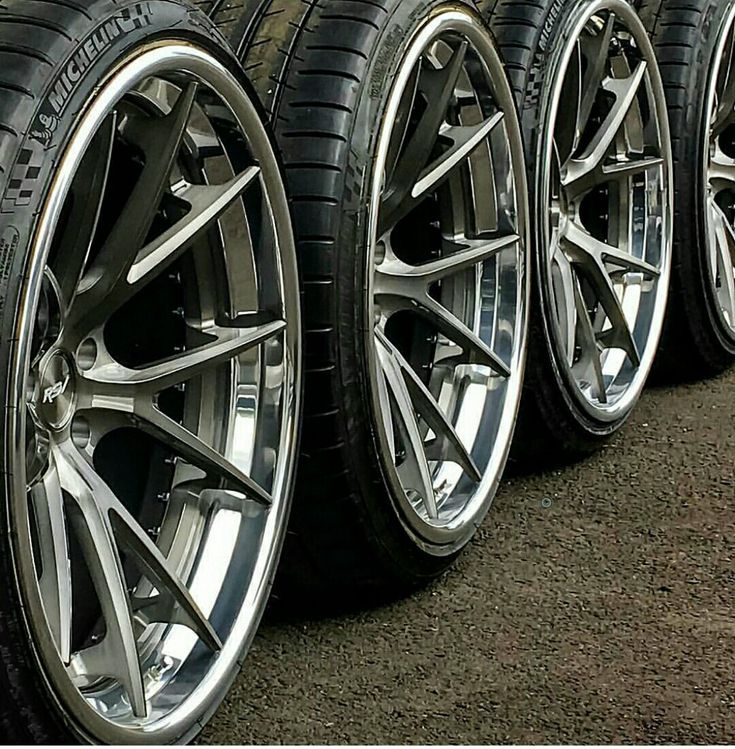Whether your region requires you to install snow-rated tires during the cold months or you simply want to sport them for added safety, you should know how much a winter tire costs. Many car owners just don’t install winter tires because they believe they’re unaffordable.
While winter tires are typically known to be more expensive, affordable options from growing tire brands like Sailun Tire don’t compromise on the quality and performance drivers expect on the icy roads.
But even the pricer ones are more affordable than your rising insurance premium, likely medical bills, and automotive repairs (not covered in the insurance policy) that you must endure due to an accident in harsh winter conditions.
Here, we will explain the cost of different winter tires and the additional expenses associated with them. If you’re in the market for new winter tires — from value-based to premium — check out our full buying guide here.
Many factors affect the price of winter tires, including brand, type, quality, and size. Since every brand has its own criteria to evaluate the price for its rubber, we would avoid commenting on it. However, we will specifically discuss type, quality and size to give you a fair idea of winter or snow tires.
For a compact car with a famous 205/55R16 size, below are approximate prices.
The three main types of winters you find in the market include studless, studded, and winter performance.
Studdless Tires
For most people, studdless winter tires are a perfect companion in cold conditions. These incorporate biting edges and soft rubber compounds, making them flexible for winter. A standard studdless tire will cost you anywhere between $60 and $550, each.
On average, for a typical compact car, expect to pay around $100-$150 per tire or $400-$600 for all four. For an SUV or light-duty pickup, the price goes up to $200-$400 each or $800-$1,200 for a set of four.
Studded Tires
For extreme weather conditions like freezing rain, sleet and wet ice, studded tires are ideal for a safe driving experience. The metal studs fixed on these tires bite into ice, giving you improved grip and handling. A studded rubber would cost you around $75-$550 or more per tire. For two pairs, you can expect to pay between $300 and $2,200.
There are also studdable options, like the Sailun Iceblazer WST1 studdable performance winter tire trusted by over 1-million drivers in Canada alone, which won’t break the bank yet designed for drivers that demand maximum traction in severe weather conditions.
Sailun IceBlazer WST1 studdable winter tireSailun IceBlazer WST1 studdable winter tireWinter Performance Tires
For guys who do not want to leave their sports cars or performance sedans in their garage in winters, they should put on winter performance tires.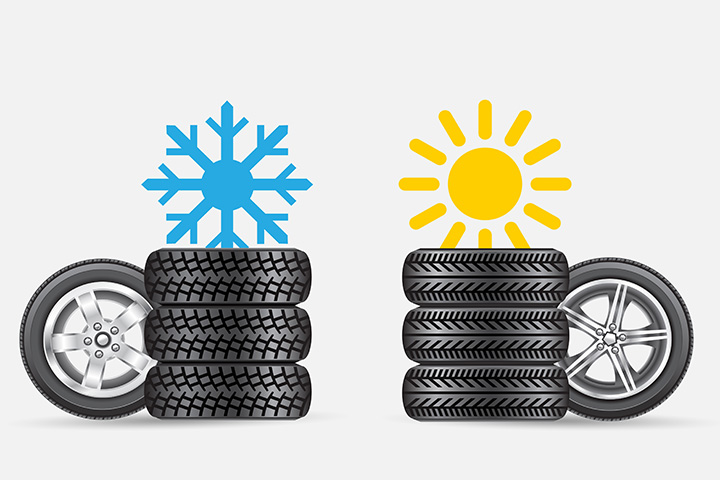 They are designed to offer excellent traction at high speeds on wet and dry roads. However, they are not your perfect companion for ice or snow-packed roads. A regular high performer is available at around $100-$500 each or $400-$2,000 for all four.
They are designed to offer excellent traction at high speeds on wet and dry roads. However, they are not your perfect companion for ice or snow-packed roads. A regular high performer is available at around $100-$500 each or $400-$2,000 for all four.
For all the prices we mentioned above, the smaller the size, the lower the cost. However, the price variation also depends on the tire brand, with American tires selling higher than Chinese-made tires.
The prices we shared above are purely for snow tires; they do not include installation charges. For installation, you have two choices. You can either mount the winter rubber on the existing wheels or buy a new set of wheels for all tires.
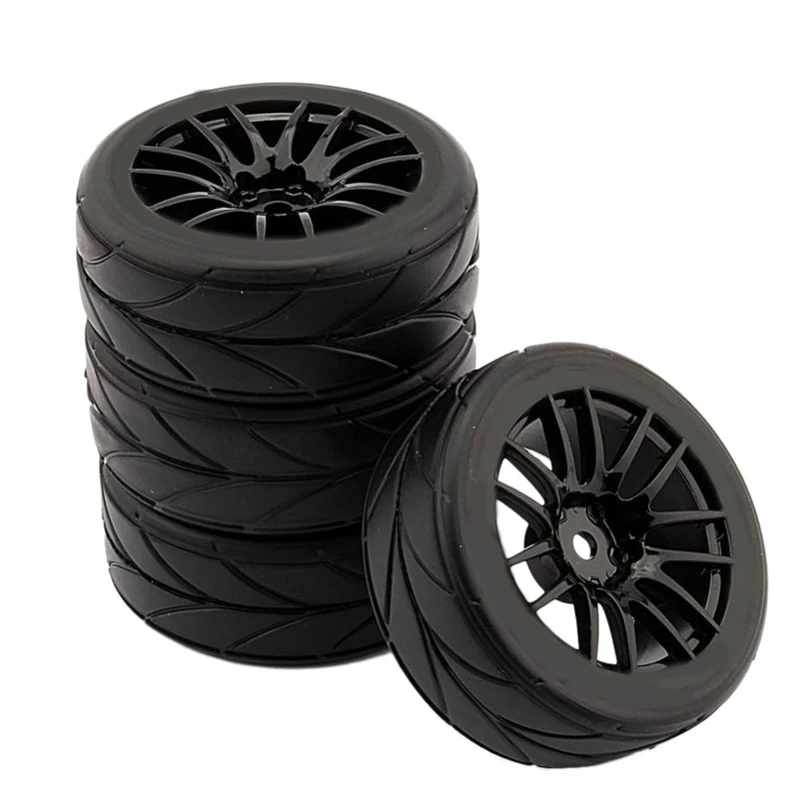 On the other hand, you can buy new wheels for all tires, making it effortless to put on winters when the snow, ice, and slush appear. The four new wheels will set you back $120-$500 or more. You can always try secondhand wheels; they may cost as low as $40-$80.
On the other hand, you can buy new wheels for all tires, making it effortless to put on winters when the snow, ice, and slush appear. The four new wheels will set you back $120-$500 or more. You can always try secondhand wheels; they may cost as low as $40-$80.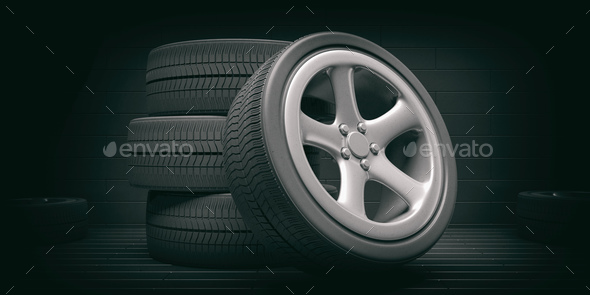
 Some retailers provide direct discounts, while others may give you mail-in rebates. You may find them in the shape of gift cards or prepaid cards. The discount amount may vary as per size and model.
Some retailers provide direct discounts, while others may give you mail-in rebates. You may find them in the shape of gift cards or prepaid cards. The discount amount may vary as per size and model. Consumer Reports says that winters tires increase the snow traction by 34%, thus making it easy for you to stop and maneuver the vehicle. These tires actually cut the braking distance by around six feet. That six feet distance is often the gap between you rear-ending a car or drifting into a crossing against carefully coming to a halt without causing a mishap.
Buying the snow tires also enables you to enjoy insurance savings as well as better fuel mileage (if you maintain them well).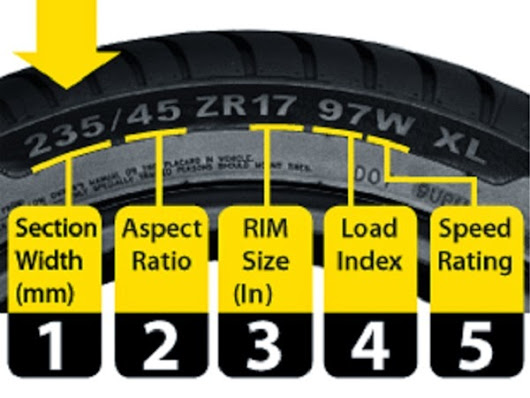
Of note, 76% of all Canadians change their all-season tires with snow tires to enjoy better traction and control. Most car owners say that these tires have saved them a possibly dangerous condition.
Whether you’re buying your first set of new winter tires or looking to replace your old ones, you may ask yourself, “Can I actually afford winter tires?” or “Do I really need winter tires?”
As another Canadian winter approaches and the first snowfall looms, 76% of Canadians, or 69% outside of Quebec (where winter tires are mandated) switch over to winter tires to give them better traction and control on snowy and icy roads.
This short guide breaks down how much you’ll end up paying for a set of tires and second set of wheels (also called rims) (optional, but recommended), other services available, as well as a few ways to save money along the way. The cost varies primarily based on size/popularity, quality grade and brand/origin.
In total, a set of 4 winter tires with wheels including mounting, balancing and installation can average around $800 to $1,000 for a midsize car.
The winter tires themselves cost $125 to $200 per tire or $500 to $800 for a set of 4.
| Level | Price range |
|---|---|
| Low | < $125 |
| Mid | $125 to $200 |
| High | > $200 |
The table below shows the regular prices (before sales and rebates) of top-rated winter tires are for the popular 205/55R16 size, which is suitable for compact cars like the Honda Civic, Hyundai Elantra, Mazda3 and Toyota Corolla. Prices are based on TireRack.com, Kal Tire, 1010Tires and Canadian Tire and do not include the cost of installation and balancing.
| Tire | Price per tire |
|---|---|
| Nokian Hakkapeliitta R3 | $190 |
| Michelin X-Ice Snow | $220 |
| Bridgestone Blizzak WS90 | $215 |
| Continental VikingContact 7 | $210 |
| Pirelli Ice Zero FR | $210 |
| General Altimax Arctic 12 | $150 |
| Yokohama BluEarth Winter V905 | $200 |
| Nokian Hakkapeliitta 9 | $200 |
A set of 4 steel wheels for $70 to $100 each or $280 to $400 for a set of 4. Alloy wheels are more expensive at $125 to $200 each.
Alloy wheels are more expensive at $125 to $200 each.
Steel wheels are more popular for winter driving as they are cheaper to replace and easier to match, so you don’t have to worry as much about hitting curbs or potholes.
However, all steel wheels will eventually start to rust – a form of corrosion. The iron they contain reacts with oxygen to form iron oxide (brown rust). The constant presence of water and salt in the winter months accelerate the process.
Alloy wheels, made of a combination of aluminum or magnesium are often purchased for their better appearance – coming in a wide variety of finishes and designs. They can also be lighter, and if so, will provide better agility, braking and acceleration and more grip.
Some tire retailers will claim “alloy wheels don’t rust”, which is technically true, but ignores that once the factory clear coat finish is broken, they too will start to corrode. It just takes one scratch from a curb or abrasion from sand and salt to leave an opening for corrosion to start.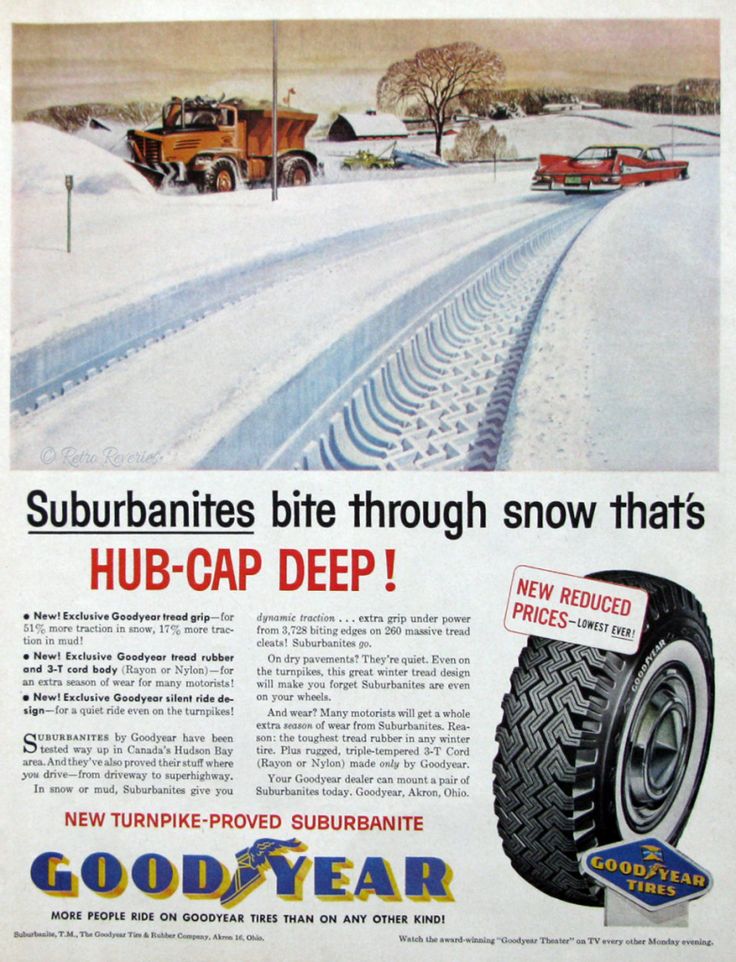 The aluminum reacts with oxygen to form aluminum oxide – which looks like whitish patches and pitting. However, they can be refinished for a cost.
The aluminum reacts with oxygen to form aluminum oxide – which looks like whitish patches and pitting. However, they can be refinished for a cost.
Either way, ensure the wheels you buy are winter approved/rated, which means they’ll have more layers or a more durable coating.
Below we analyze whether it’s worth getting a second set of wheels dedicated to your winter tires.
Mounting tires onto wheels and balance them costs $20 to $40 per tire, or $80 to $160.
For reference, Costco charges $19.99 to mount, balance and install, but is only available for tires purchased from them.
Tires and wheels are sold separately and tires must be professionally mounted onto the wheels and balanced using specialized equipment to ensure they are securely attached with an airtight fit, provide a smooth ride and wears tread evenly.
If you only have 1 set of wheels, mounting and balancing must be done every time you change over to your other set of tires – so twice a year.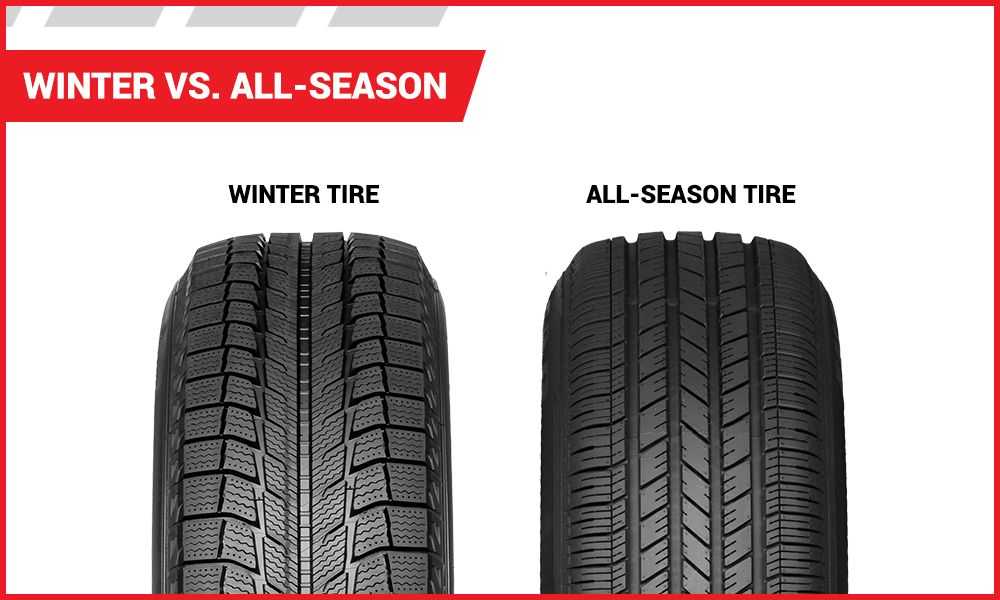 If you buy a second set of wheels, you only have to mount and balance your winter tires onto them once and then just change between the 2 complete sets at the start of each season.
If you buy a second set of wheels, you only have to mount and balance your winter tires onto them once and then just change between the 2 complete sets at the start of each season.
If your tires are already on their own sets of wheels, swapping them is much easier and costs $10 to $20 per wheel, or $40 to $80.
| Low | High | |
|---|---|---|
| Tires x 4 | $500 | $800 |
| Wheels x 4 (steel) | $280 | $400 |
| Mounting, balancing and installation | $80 | $160 |
| Tire storage (optional) | $40 | $100 |
| Tire Pressure Monitoring Sensors (TPMS) | $400 | $600 |
| Total, no options | $860 | $1,360 |
| Total, with options | $1,300 | $2,060 |
Smaller passenger car tires (14″ to 15″) are cheaper than larger truck and suv tires (19″ to 22″). Generally speaking, prices can rise sharply above 17″ for tires of any season.
Generally speaking, prices can rise sharply above 17″ for tires of any season.
UTQG are a set of standardized tests developed by the US National Highway Traffic Safety Administration to measure the durability, traction, and the heat resistance of tires.
Chinese brands such as Sunfull, Westlake, Sailun, Maxtrek, Linglong, Rovelo, Indian brands Apollo, Alliance, and Indonesian brands Giti, GT Radial are considerably cheaper than major companies and their flagship brands like Michelin, Bridgestone, Goodyear and Continental.
In between these two are lesser known, but reputable offshore companies such as Nexen, Kumho, Federal and Nokian as well the discount brand names owned by the big companies including BFGoodrich, Firestone, General Tire and Dunlop for good quality at mid-range prices.
| Cost | Price range per tire | Brands and company headquarters |
|---|---|---|
| Low | $80 to $100 | Sunfull, Westlake, Sailun, Maxtrek, Linglong, Rovelo (China) Apollo, Alliance (India) Giti, GT Radial (Indonesia) |
| Mid-range | $125 to $150 | Firestone, Falken, Dunlop (Japan) Nexen (South Korea) General Tire (Germany) BFGoodrich, Uniroyal (France) Kumho (South Korea) Federal (Taiwan) |
| High | $150 to $200 | Michelin (France) Bridgestone, Yokohama, Toyo (Japan) Goodyear, Cooper (US) Continental (Germany) Pirelli (Italy) Hankook (South Korea) |
| Truck, SUV and specialty | >$200 |
The cost associated with installation and required maintenance will depend on having 2 sets of wheels or not.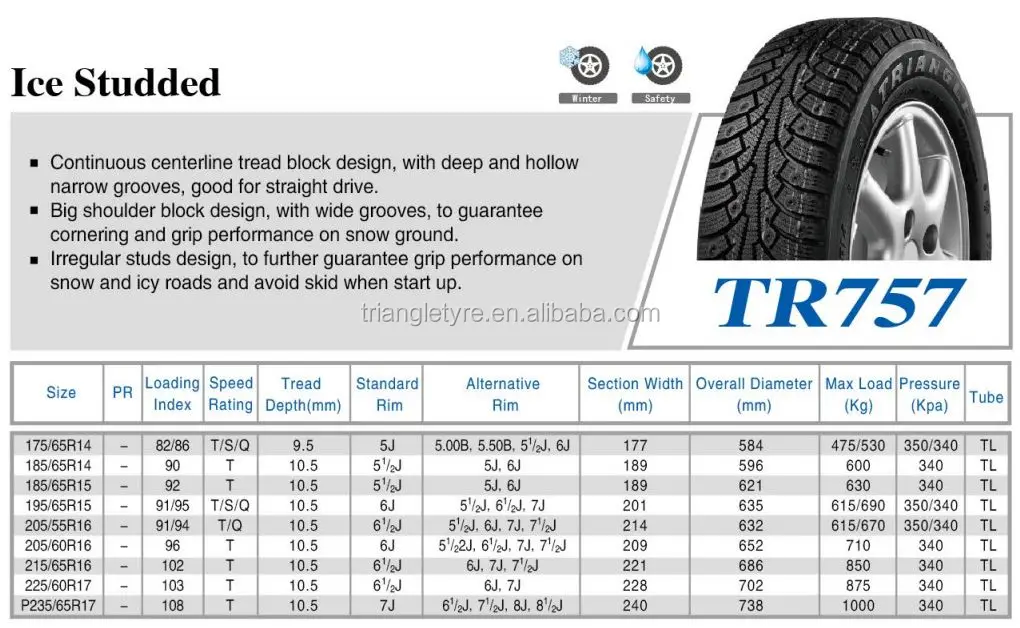 Size may also increase fees but you should be informed if this applies.
Size may also increase fees but you should be informed if this applies.
The following is the cost comparison over the 5 year period that your winter tires will last, on average, before they need to be replaced.
If you have one set of wheels then your summer/winter tires have to be removed and the other installed. Mounting and balancing tires onto wheels costs $80 to $150 for a set of 4 (Costco charges $19.99 per tire).
If you have two sets of wheels then your tires – summer and winter – are already mounted so the time/labor that is required is much less. This should include an air pressure check and top-up. If you are having other services performed some shops will not charge extra to change them over.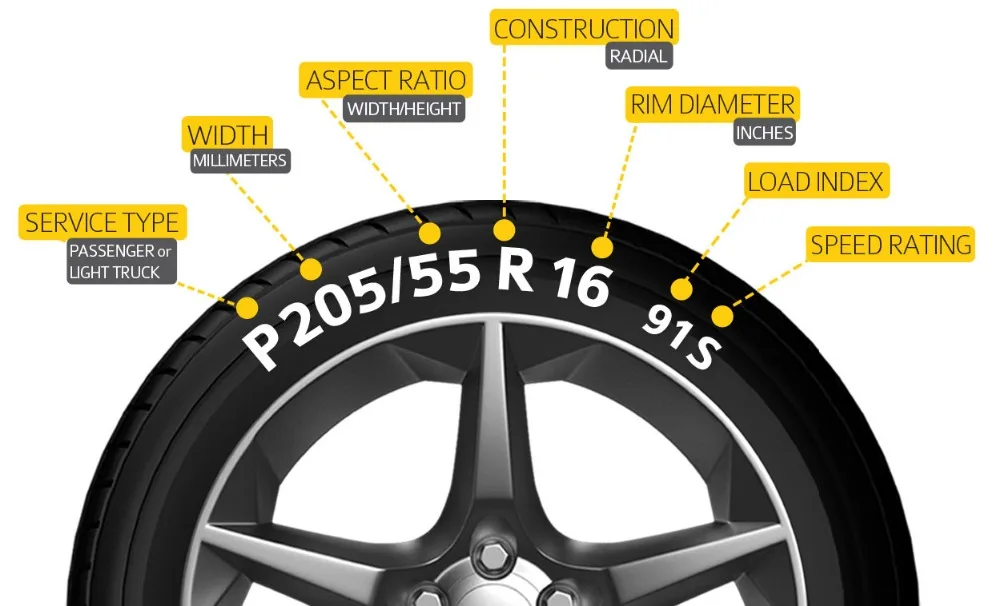
As you can see, it’s cheaper in the long run to have a second set of rims for your winter tires, conservatively saving up to $150.
Swapping with dedicated rims is half that cost (twice a year, it adds up quick), is a lot quicker and much easier to do. If you have a tire iron or torque wrench and a decent jack (and some space to do it), it’s not all that hard to do it yourself in 30 minutes to 1 hour.
Swapping the tires on and off of a single set of rims is pricey and it also causes some wear on tear on your rims and tires.
Even if you factor in a couple of tire balances ($50) over 5 years your maintenance costs are from $100 less to about equal, but using a second set of wheels means it takes much less time to change tires, you can change them yourself, you own 2 sets of wheels instead of 1 and limiting the number of times a tire is removed and mounted to a rim reduces the chances of damaging the bead.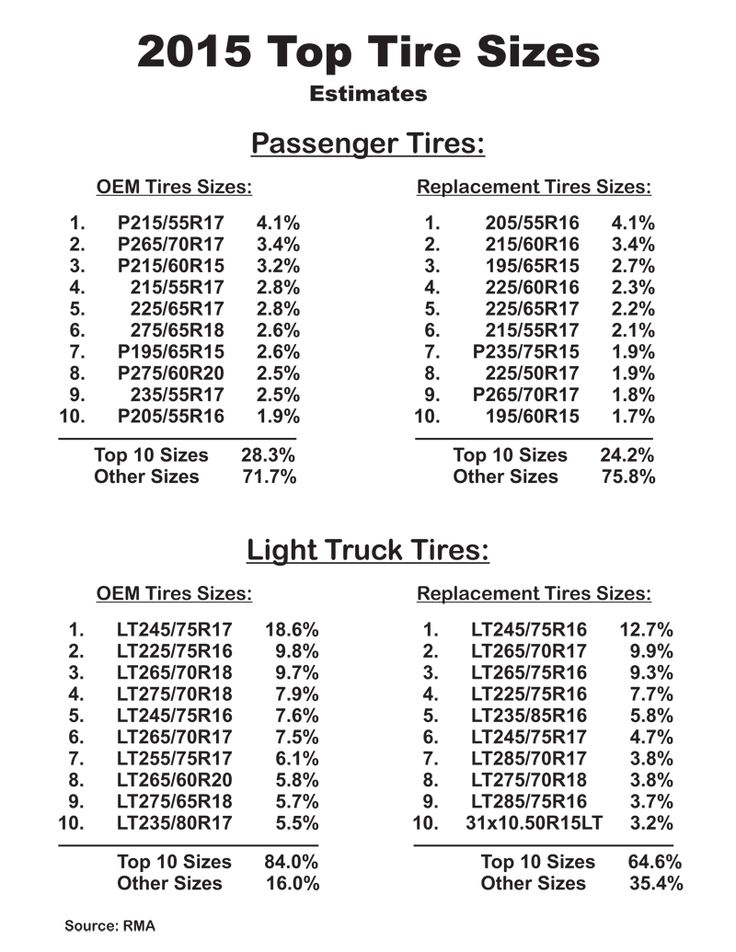
A few things to consider are tire balancing, tire storage and tire pressure sensors (TPMS). Although balancing is included when 1 set of wheels are being used it should not go unchecked with already mounted tires. A small imbalance can increase tire wear.
Seasonal balancing costs $50 to $150 (high-end is if road force balancing required)
The cost to rotate 4 tires is $20 to $40.
Seasonal tire storage costs $40 to $100.
If you live in an apartment or condo, you may not have space to store the set of tires that aren’t on your vehicle.
Other than the price, you should ask about the storage conditions and if storage will be handled by a third party. Improper storage conditions (eg. not climate-controlled) will have an adverse affect on tire rubber compounds and can lead to premature tire failure.
You may also want to ask if your tires will be insured and how you will be reimbursed if they are misplaced, damaged or stolen.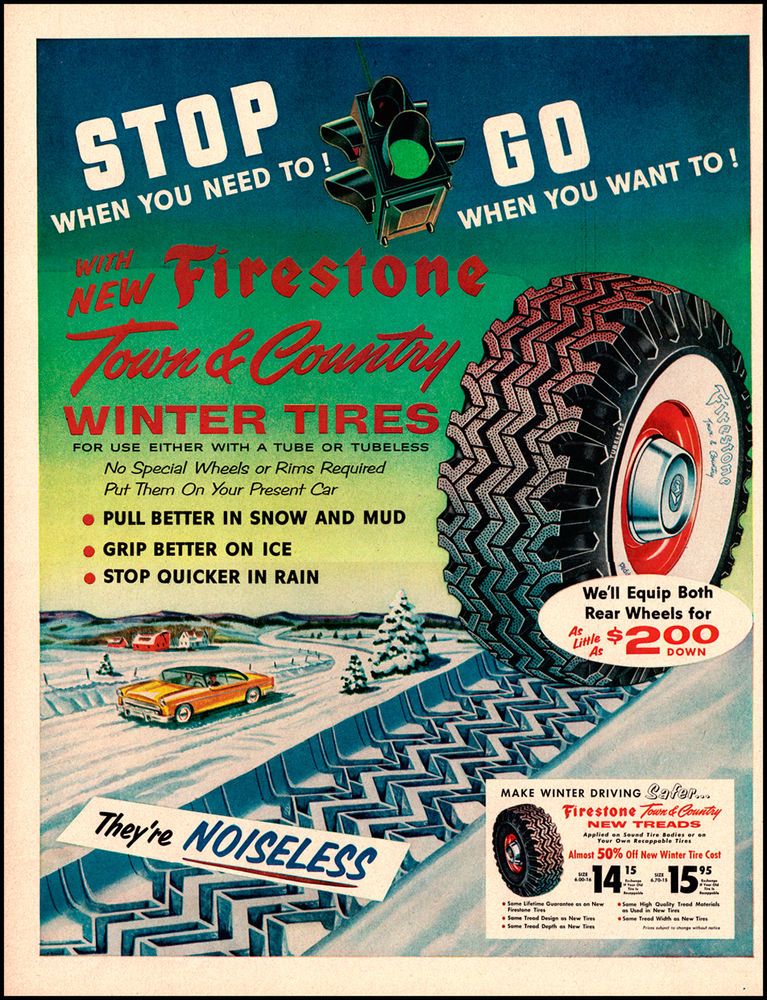
Tire pressure monitoring sensors (TPMS) measure the current pressure in the four tires and cost around $100 to $150 per sensor.
They are not required by law but can be a reliable safety device when used properly. You may have a dashboard light on at all times if the system does not have sensors installed.
Keeping a close eye on your tire pressures can greatly improve the longevity of the tire, improve fuel mileage and, most importantly, alert you to any sudden changes in air pressure that may indicate a leak or puncture.
Here are a few ways to save on winter tires:
You can find some great deals on winter tires on Kijiji or Facebook Marketplace where they sell at deep discounts. However, just like for used cars, it can be hard to determine how well they were treated by their former owner and how much life they have left just by looking at it.
Follow the tips in our winter tires buying guide to ensure you get the right type, size and age of tires. Other tips:
Other tips:
Have a shop has mounted and balanced the tires onto a second set of wheels. The company you bought the tires from should be willing to do this for a small fee, but the average cost is $20 to $35 per tire. Don’t pay to install them, instead, take them home and change them yourself which will save you around $50 to $60.
As of Jan. 1st, 2016, all Ontario insurance companies are required by law to offer some type of winter tire premium discount. A similar requirement was put into place in Newfoundland in 2020. The average discount is 5%.
Most tire retailers will regularly offer rebates at the beginning of October such as the common “Buy 3 Get One Free”. Some of these are direct rebates and others may be customer mail-in rebates. They usually come in the form of gift cards or prepaid cards and rebate amounts will vary from size, model and brand.
If you can afford to wait, better deals can be found during season closeout clearance sales at the end of winter in April or May as retailers are looking to get rid of previous years’ stock so they don’t have to store them and to make space for all-season/summer stock.
However, selection can be limited to less popular models, incomplete sets or older stock (3+ years old). Be sure to check the manufacturing date before buying or at least before installing them on your vehicle. You also lose half a year of shelf life as you won’t use them until the next winter.
All season tires cost $80 to $125 per tire (including installation and balancing).
All season tires remain affordable but have been referred to as “no season” tires because they don’t work as well as they could in warm weather and don’t work well in anything worse than light snow. The tread design of an all season tire offers a quiet and smooth ride but at the expense of handling in adverse conditions – wet or cold.
Related: Best all season tires
The increased safety and control in harsh winters and rainy summers is more than enough to justify the decision to purchase of winter tires – especially if you drive a lot throughout the winter – and you may also benefit from insurance savings along with better fuel mileage that comes with having properly maintained tires.
For reference, 76% of all Canadians (69% outside of Quebec, where winter tires are mandated) switch over to winter tires in the winter months to give them better traction and control on snowy and icy roads – with 79% of owners believing that they have saved them a potentially hazardous situation.
In Canada, the most popular brick-and-mortar retailers are:
The most popular online retailers are:
Here is what I personally paid for my tires and wheels in 2018. Leave a comment and let me know about your winter tire buying experience!
The Shin-Trade store sells winter tires from the world's leading manufacturers. At affordable prices, we offer products from such well-known tire brands as Yokohama, Pirelli, Bridgestone, Continental, Hankook, and some other brands. Residents of the city of Ivanovo have the opportunity to profitably purchase winter tires from us in a different price range.
At affordable prices, we offer products from such well-known tire brands as Yokohama, Pirelli, Bridgestone, Continental, Hankook, and some other brands. Residents of the city of Ivanovo have the opportunity to profitably purchase winter tires from us in a different price range.
Our store presents popular new items of this season and models that have been in high consumer demand in recent years. Here you can buy winter tires for almost any car. If the tires you need are not in stock, they can be purchased by order.
We have reliable studded tires for sale. It performs well on ice and snow under any load (turning, accelerating, braking), guaranteeing a shortened braking distance. Modern models have a shock absorber under each stud, which allows you to soften the impact of the stud on the road surface and reduce vibration. It can be an air shock absorber or a softer rubber pad.
Our product range also includes non-studded winter tires (“Velcro”). It perfectly keeps the car on wet pavement with rare ice. Such car tires are less noisy, contribute to more economical fuel consumption.
Such car tires are less noisy, contribute to more economical fuel consumption.
Ask for prices and availability
Winter tires from any manufacturer have a softer rubber compound than summer tires. Excellent handling on ice, snow, on wet surfaces is ensured by a special sipe technology (this is the name of part of the tread pattern).
Many ordinary motorists and professional drivers living in Ivanovo prefer to buy tires and wheels in our company. The products we offer are of high quality and reliability. All winter car tires, like summer tires, undergo special tests.
We offer innovative winter tires for cars, SUVs, trucks and other vehicles. Any winter tires available in our catalog, regardless of brand and size, guarantee a high level of safety and a long service life.
If you need quality winter tires at an affordable price, then come to our store. You will be surprised by the huge selection of models. With the help of qualified salespeople, you can quickly find the right winter tires. Become our regular customer to receive attractive discounts in the future.
Become our regular customer to receive attractive discounts in the future.
There is a misconception that you can't buy reliable winter tires cheaply. However, even among budget models it is easy to find an option that will not be inferior to more expensive counterparts. To make it easier for you to prepare for the season and pick up a new thing for the cold weather, we have compiled a rating of budget winter tires with commendable characteristics and at very low prices. Remember that any top is extremely subjective and you should only trust your individual experience. The list is only meant to help you set your expectations. It is based on feedback from drivers and on the basis of tests conducted by auto experts.
| Place in the ranking | Designation | |
|---|---|---|
| TOP studded budget tires | ||
| 1 | Nokian Tires Nordman 5 | |
| 2 | Bridgestone Ice Cruiser 7000S | |
| 3 | Toyo Observe Ice-Freezer | |
| 4 | Hankook Tire Winter i*Pike RS2 | |
| 5 | Pirelli Ice Zero | |
| 6 | Marshal WinterCraft Ice WI31 | |
| 7 | Cordiant Snow Cross | |
| 8 | Roadstone WinGuard WinSpike | |
| TOP friction budget tires | ||
| 1 | Viatti Brina V-521 | |
| 2 | GoodYear Ultra Grip Ice+ | |
| 3 | Yokohama Ice Guard IG60 | |
| 4 | Toyo Observe GSi-5 | |
| 5 | Kumho I ZEN KW31 | |
| 6 | Bridgestone Blizzak Revo GZ | |
| 7 | Dunlop Winter Maxx WM02 | |
| 8 | Cordiant Polar SL | |
Before getting acquainted with the available models, any driver will ask himself or a familiar driver the usual question: “to stud tires this year or do it?”.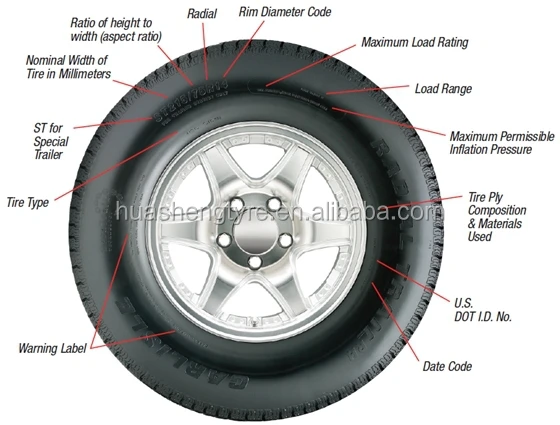 Studded tires and friction tires have both advantages and disadvantages. In order to drive in bad weather on snowy country roads, studded ones are better suited - they “bite” into the ice better and slide less on icy areas. On asphalt, they cope worse, and they rattle strongly on the surface. In urban conditions, Velcro ride more confidently - there are more sipes on the tread block for pumping water, besides, they are more elastic than studs and withstand lower temperatures.
Studded tires and friction tires have both advantages and disadvantages. In order to drive in bad weather on snowy country roads, studded ones are better suited - they “bite” into the ice better and slide less on icy areas. On asphalt, they cope worse, and they rattle strongly on the surface. In urban conditions, Velcro ride more confidently - there are more sipes on the tread block for pumping water, besides, they are more elastic than studs and withstand lower temperatures.
When you look at ratings and choose tires, pay attention to a few important points that are important for winter tires:
Strength and ability to withstand low temperatures without losing elasticity.
The famous Finnish manufacturer Nokian is known not only for premium models, but also for budget models that can compete with tires from the mainstream range. Despite the fact that the fifth Nordman came out more than ten years ago, its good performance continues to attract car owners.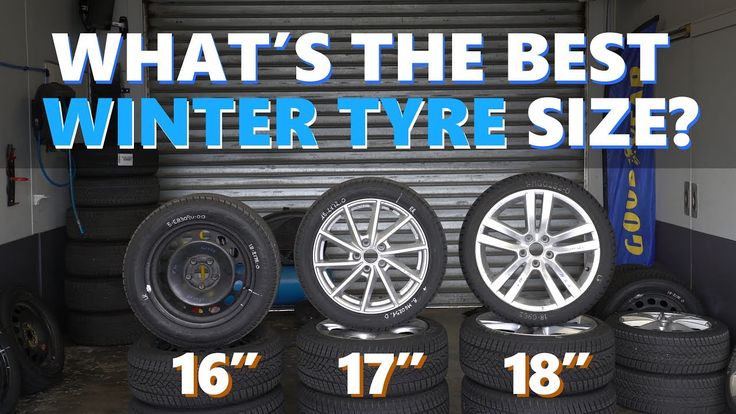 The main advantage is the excellent handling of the car in bad weather. Drivers who tried the northerner for strength note that the car continues to respond well even on ice and maintain a low braking distance. The secret to this success is the directional tread configuration with a pronounced rib in the center of the tire. Road holding remains stable thanks to the lateral edges, and the wide block grooves quickly wash away all the dirt from the rubber surface.
The main advantage is the excellent handling of the car in bad weather. Drivers who tried the northerner for strength note that the car continues to respond well even on ice and maintain a low braking distance. The secret to this success is the directional tread configuration with a pronounced rib in the center of the tire. Road holding remains stable thanks to the lateral edges, and the wide block grooves quickly wash away all the dirt from the rubber surface.
| Pluses + | Cons - |
|---|---|
|
|
Reviews of the Nokian Nordman 5
This tire from a Japanese manufacturer is suitable for both SUVs and cars.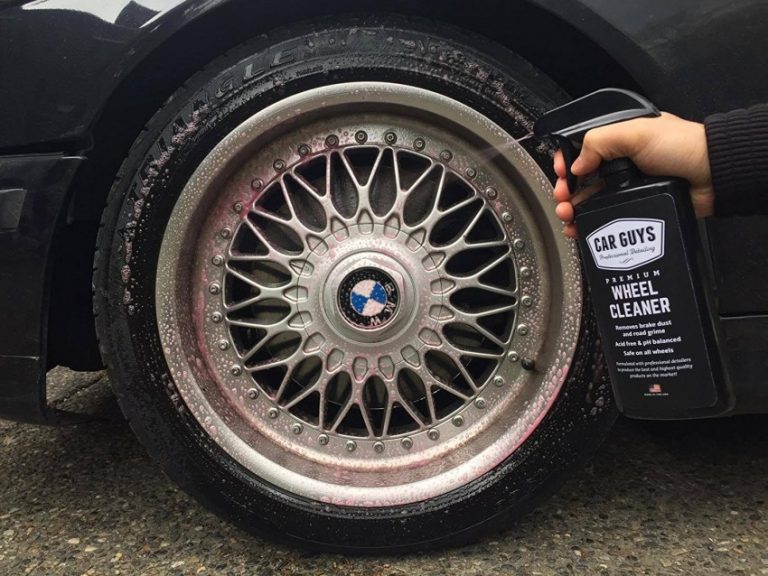 The undeniable advantage of these tires, which is noted by most drivers and experts, is an improved system for removing water from the contact patch, which reliably protects the wheels from the effect of slashplanning. The directional tread pattern consists of large blocks and transverse sipes, which, in combination with hard shoulder zones, help the car to grip the road and better control on slippery areas during icy conditions or on hard-packed snow. As the load changes, the grooves will widen and narrow, which keeps the shape of the wheel and helps you stay on course on bumpy roads. Users also praise the strength of the rubber and the resistance of the “thorn” to falling out over several seasons.
The undeniable advantage of these tires, which is noted by most drivers and experts, is an improved system for removing water from the contact patch, which reliably protects the wheels from the effect of slashplanning. The directional tread pattern consists of large blocks and transverse sipes, which, in combination with hard shoulder zones, help the car to grip the road and better control on slippery areas during icy conditions or on hard-packed snow. As the load changes, the grooves will widen and narrow, which keeps the shape of the wheel and helps you stay on course on bumpy roads. Users also praise the strength of the rubber and the resistance of the “thorn” to falling out over several seasons.
| Pluses + | Cons - |
|---|---|
|
|
Reviews of Bridgestone Ice Cruiser 7000S
The tire from the Japanese company Toyo is designed for passenger cars of small and medium class. The main point that the experts drew attention to is the enlarged stud flange, which is buried in rubber and firmly holds it to the base. The pin has become smaller and now interacts softer with the road surface. For better contact with the road, this model is equipped with a directional V-shaped tread pattern. The wheels cope well with longitudinal and transverse grip, do not walk at high speeds, thanks to the swept blocks of the central part. The sipes are scattered not only along the contact patch, but also on the sidewalls, which makes it easier for the car to fit into turns in the most slippery areas.
| Pluses + | Cons - |
|---|---|
|
|
Reviews of Toyo Observe Ice-Freezer
This model from the Korean manufacturer is distinguished by a rich tread pattern equipped with hexagonal blocks in the center. It promotes better contact even on packed snow or ice. Water is quickly diverted by drainage grooves, indispensable on wet asphalt and when driving through puddles. Shoulder zones help to drive through snowdrifts - they compact and accumulate snow crumbs and ice floes. Experts call this budget model the best for passing on bare ice - the studding is located not only along the edges, but also along the edges in as many as twelve rows.
| Pluses + | Cons - |
|---|---|
|
|
Reviews Hankook Winter i*Pike RS2
It is easy to recognize the products of Italian masters by the tread pattern. It is filled with pentagonal checkers and many sipes that improve the car's stability on the track and quickly drain water. The shape of the spikes is also remarkable: at the leading edge, the edge has a wide edge, with the help of which the rotation is slowed down; on the back spikes in the form of a rhombus. With them, the car starts faster and more confidently keeps on slippery sections of the road. Drivers who have used Ice Zero note that if the “thorn” falls out, it is extremely slow.
| Pluses + | Cons - |
|---|---|
|
|
Reviews of Pirelli Ice Zero
 Marshal WinterCraft Ice WI31
Marshal WinterCraft Ice WI31
The car in rubber from Marshal is protected from slipping on ice and on a packed snow track, the car holds firmly on slippery surfaces and does not deviate from the trajectory even with side contact. It's all about the unique tread design with multi-directional sipes, one-piece blocks and side channels, with the help of which any maneuver will be on everyone's shoulder. The rubber compound protects the tire from freezing in the cold, at any temperature it remains soft and elastic.
| Pluses + | Cons - |
|---|---|
|
|
Reviews of Marshal WinterCraft Ice WI31
 Cordiant Snow Cross
Cordiant Snow Cross
The rubber compound contains a lot of silicon, which protects tires from wear. Silica protects rubber from destruction at low temperatures, allows you to better maintain stability on ice and wet surfaces. In tests, the tire showed good results in braking and starting from an icy track.
| Pluses + | Cons - |
|---|---|
|
|
Reviews of Cordiant Snow Cross
The low price of the Roadstone product hides a lot of features in this budget model. The directional, arrow-shaped tread design provides good traction on ice and packed snow.